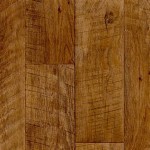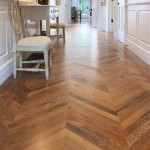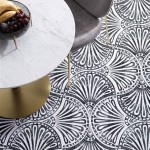Engineered hardwood flooring is a type of flooring that is gaining in popularity in homes around the world. This type of flooring is designed to be extremely durable and long lasting, while still providing the beauty of hardwood. This guide will provide you with an overview of engineered hardwood flooring, so you can make an informed decision when considering this type of flooring for your home.
What is Engineered Hardwood Flooring?
Engineered hardwood flooring is a type of flooring that is composed of several layers of material. The core is typically made of plywood or other wood-based material, while the top layer is composed of a layer of hardwood. This top layer can be made from different types of wood, including oak, maple, cherry, and walnut. The core and top layer are bonded together under pressure, making it very durable and long lasting.
Advantages of Engineered Hardwood Flooring
Engineered hardwood flooring has a number of advantages over traditional hardwood flooring. First, it is more resistant to moisture than traditional hardwood flooring, making it a perfect choice for bathrooms, kitchens, and other areas of the home that are exposed to moisture. Additionally, engineered hardwood flooring is easier to install than traditional hardwood flooring, as it typically comes in plank or tile form and can be installed with a simple click-lock system. Finally, engineered hardwood flooring is typically less expensive than traditional hardwood flooring.
Disadvantages of Engineered Hardwood Flooring
While engineered hardwood flooring has many advantages, it also has a few drawbacks. First, the top layer of hardwood is typically less thick than traditional hardwood flooring. This means that it may not be as durable as traditional hardwood flooring, especially in areas of the home that get a lot of foot traffic. Additionally, engineered hardwood flooring cannot be refinished like traditional hardwood flooring, so it may not be a good choice for areas of the home that get a lot of wear and tear.
Maintenance for Engineered Hardwood Flooring
Engineered hardwood flooring is relatively easy to maintain. Regular sweeping and vacuuming will help remove dirt and debris that can scratch or dull the finish. Additionally, it is important to use a damp mop or cloth to clean up spills and other messes. Avoid using harsh cleaning products or excessive amounts of water, as this can damage the flooring.
Choosing Engineered Hardwood Flooring
When choosing engineered hardwood flooring for your home, it is important to consider the type of wood, the thickness of the top layer, and the installation method. It is also important to consider how much foot traffic the area will get and whether or not you plan to refinish the flooring in the future. By doing research and considering all of these factors, you can make an informed decision that will ensure you get the best engineered hardwood flooring for your home.















Related Posts








